Give people the information they need to balance data access with app prices and let the market decide.
For generations, the world has embraced the tradeoff of advertising and entertainment. Broadcast radio and TV, newspapers, kiosks, and Super Bowl halftime shows have asked us to trade our attention in exchange for a free service or free content. Advertisers reach an audience, viewers may see something they want to buy, and millions in the media industries flourish. Consumers accept the explicit bargain because they understand the cost and the value of the attention that’s being traded.
Internet advertising is different because, in addition to our time and attention, we’re providing useful data about ourselves and people like us. That data is used to better target the advertisements we see, but it is also used to build new apps and services. Data provides insights to improve how cities work or how tax dollars are spent. It can truly improve our lives, or even save lives. But at what cost? How much data are we giving up, and what is it being used for? How do we know whether we’re getting a bargain, or being ripped off?
Last December, Apple launched an initiative to better inform consumers about how apps in their store were handling data. These “privacy nutrition labels”, as some call them, are Apple’s attempt to both inform consumers, but also to empower them to influence how the market for privacy evolves. Last week, Google announced a similar initiative, to be phased in over the months to come, which asks developers to publish their data practices so that consumers can balance the costs and benefits of the apps they choose.
We think this is a great development for both consumers and app developers, though it will come at the cost of change. Given that the alternative is government regulation of the data economy or the outright banning of online ads, we’re happy to support what these companies are doing.
For several years we’ve been warning of the looming privacy backlash. In our rush to monetize the app economy, we haven’t listened to the growing chorus of users that have lost trust in a system that is opaque to them. In a developer survey we ran in March of this year, we heard that even developers are unsure of what data their apps end up sharing with their ecosystem partners. We believe that the data economy is less intrusive than many fear – that much of the data is anonymized or aggregated, or never collected or retained. But we also know that there are a few bad actors out there and that our industry has a history of breaches and violations.
The goal of a privacy label should be to provide consumers with the knowledge they need to make good choices when they shop for apps. We hope that many people will embrace data access that supports services and causes they embrace. The trick is that people need to KNOW what’s being exchanged, how it will be used, and how misuse will be prevented. That knowledge will allow them to pick and choose while still maintaining the app economy that so many developers rely on.
To be effective, privacy nutrition labels must be accurate and easy to interpret. We’re advocates of a tiered approach that categorizes apps into a few groupings based on their data behavior, and we’ll continue to advocate for this consumer-friendly model with industry stakeholders. In any case, consumers need enough useful information to choose between one app or another for any given task. Informed consumers are the free market force that will find the balance between data consumption and data benefits. Markets will always come to a better answer than government officials if we can create the transparency to see what’s happening.
When apps compete for user trust, everybody wins.




